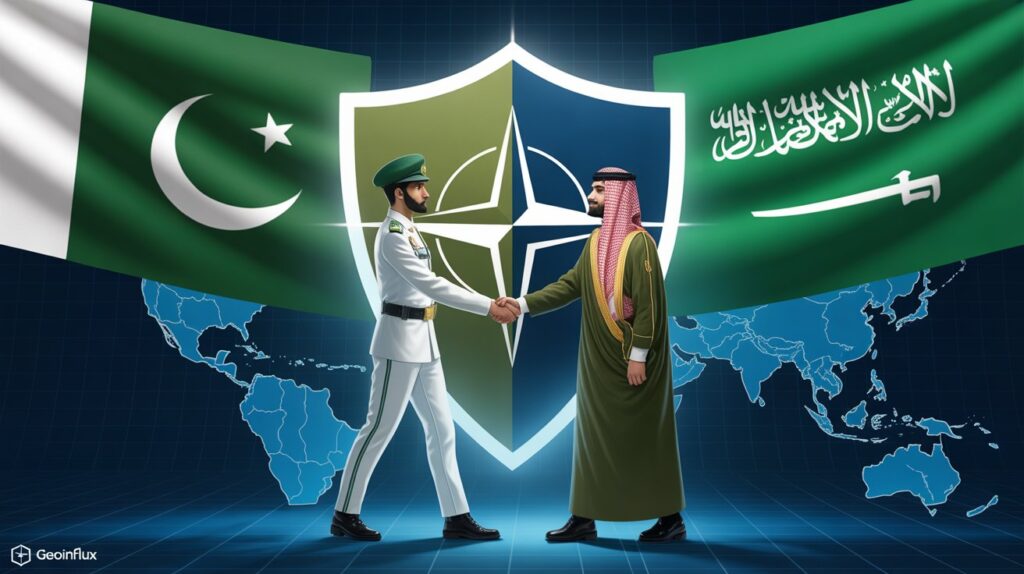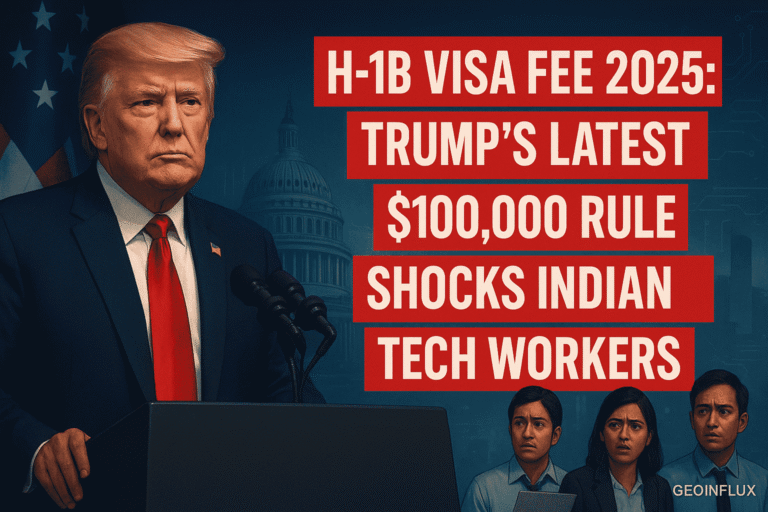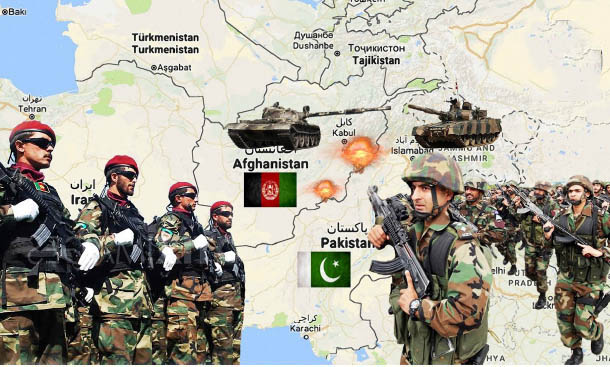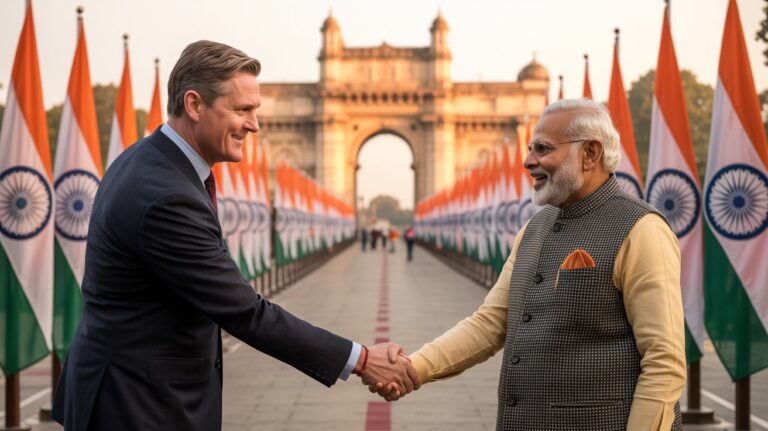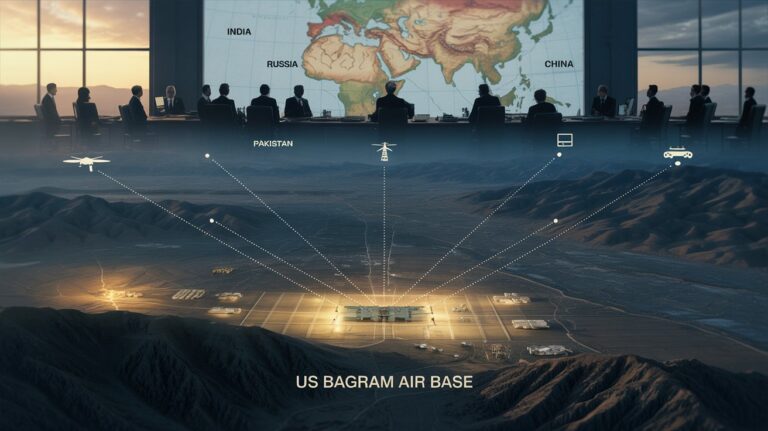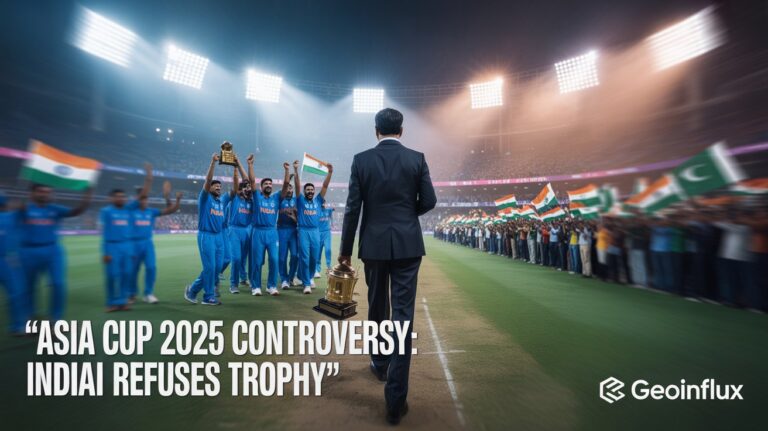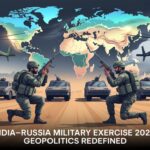The Islamic NATO and Pakistan Saudi Arabia defence pact pledges a joint military response to external aggression, reshaping Gulf and South Asia security. How will it impact India and the global order?
Introduction: What Is the Islamic NATO and Pakistan Saudi Arabia Defence Pact?
The signing of the Islamic NATO and Pakistan Saudi Arabia defence pact marks a turning point in Gulf–South Asia relations. The agreement formalizes decades of informal military cooperation into a NATO-style clause: an attack on one is considered an attack on both.
RELATED: MIDDLE EAST NEWS
With Saudi Arabia seeking stronger regional guarantees and Pakistan leveraging its nuclear and military strength, the pact is set to alter the balance of power across West Asia, South Asia, and beyond.
India, Iran, Israel, and the United States are watching closely. The pact’s timing—amid declining U.S. security commitments and rising anxieties over regional conflicts—signals more than just bilateral cooperation. It raises questions about the emergence of a Muslim-majority military bloc often referred to as an “Islamic NATO.”
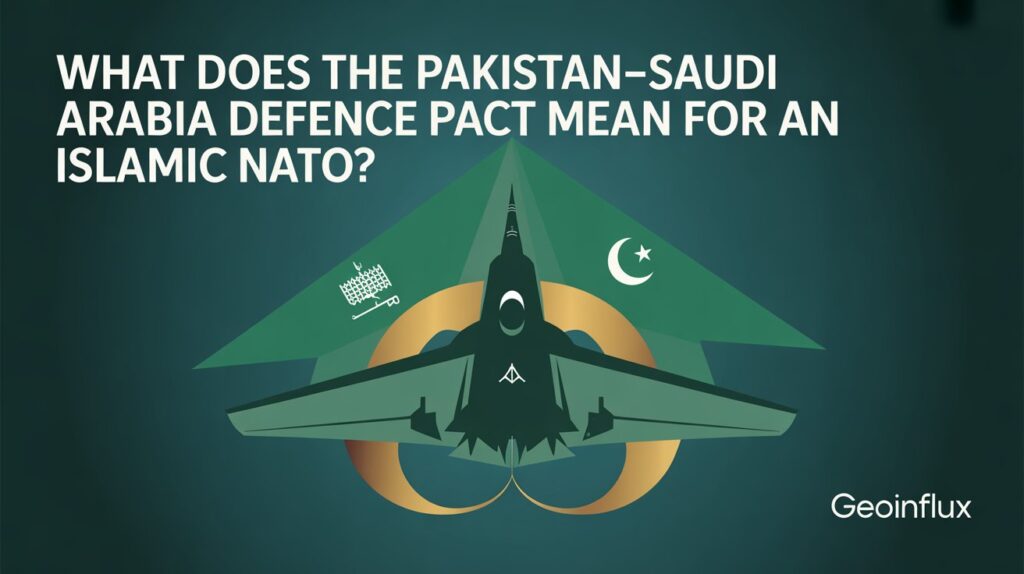
Why Was the Pakistan-Saudi Arabia Defence Pact Signed Now?
Several developments accelerated the need for a formal alliance:
- Declining U.S. Security Role: Washington’s retreat from its role as the Gulf’s security guarantor created strategic vacuums. Saudi Arabia is seeking alternatives.
- Regional Conflict Pressure: Escalating tensions involving Israel and Iran made Riyadh prioritize binding defence guarantees.
- Pakistan’s Strategic Value: As a nuclear-armed state with strong military capabilities, Pakistan provides Saudi Arabia with deterrence credibility.
- Energy and Economics: Both states are reinforcing ties through oil, investment, and expatriate labour flows, creating a natural extension into security.
The pact also reflects a broader Gulf trend of seeking security multipolarity—hedging between the U.S., China, and regional coalitions rather than depending on a single partner.
How Does the Pact Impact India’s Strategic Calculations?
India’s immediate reaction to the Pakistan Saudi Arabia defence pact was measured. New Delhi stated it is “studying the implications” for its national security. Behind this cautious language lies a deeper concern:
- Two-Front Scenario: India already faces strategic pressure from China. A Saudi-backed Pakistan could complicate its West Asian ties.
- Energy Security: India is the second-largest buyer of Saudi oil. Will the pact affect Riyadh’s neutrality in Indo-Pak disputes?
- Diaspora Factor: Over 8 million Indians live in the Gulf. Any militarization of Gulf politics raises risks for their safety.
- Diplomatic Leverage: India has cultivated strong relations with both Saudi Arabia and the UAE. This pact may push India to engage more assertively in West Asian security dialogues.
For now, India is unlikely to confront Riyadh openly. Instead, New Delhi will balance carefully—deepening economic ties with Saudi Arabia while strengthening defence partnerships with the U.S., France, and Israel.
Could This Be the Beginning of an “Islamic NATO”?
The Islamic NATO concept has been floated before, particularly during the creation of the Islamic Military Counter Terrorism Coalition (IMCTC) in 2015. However, that grouping remained largely symbolic.
The Saudi-Pakistan pact is different:
- It includes binding mutual defence clauses, unlike IMCTC’s counterterrorism focus.
- It could invite other Gulf states—UAE, Oman, Qatar—to consider joining.
- It symbolizes a Muslim-majority military bloc with a nuclear umbrella (via Pakistan).
Whether this evolves into a full-fledged Islamic NATO will depend on political will, resource commitments, and external pressures from Iran, Israel, and the U.S.
What Are the Global Geopolitical Implications?
United States
The pact underlines the decline of America’s monopoly as the Gulf’s security provider. While Washington still maintains bases, Riyadh’s hedging suggests a loss of trust in U.S. guarantees.
China
Beijing may quietly welcome the pact. A more autonomous Gulf allows China to expand economic corridors without American dominance. Yet Beijing will avoid being seen as directly backing an Islamic NATO.
Iran
Tehran will see the pact as a hostile move. It increases the risk of a Saudi–Iran proxy escalation in Yemen, Iraq, or Syria.
Israel
Israel, which has pursued normalization with Gulf states, may find Riyadh’s tilt toward Pakistan problematic, especially given Pakistan’s refusal to recognize Israel.
Historical Comparison: How Does It Differ from the India-USSR Treaty of 1971?
The India–USSR Treaty of Peace, Friendship and Cooperation (1971) was signed in response to U.S. and Chinese support for Pakistan during the Bangladesh Liberation War.
Key differences:
- Scope: The India-USSR pact had both economic and military dimensions. The Saudi-Pakistan pact is narrowly military.
- Nuclear Angle: Pakistan’s nuclear capability adds an escalatory layer absent in 1971.
- Alignment: India’s treaty aligned it with a superpower. Pakistan’s pact ties it to a regional heavyweight, not a superpower.
This comparison highlights that while binding, the Pakistan-Saudi pact may lack global enforcement weight—its credibility rests solely on Riyadh and Islamabad.
Recap Table: What Are the Key Takeaways from the Pakistan-Saudi Defence Pact?
| Question | Answer |
|---|---|
| What was signed? | A NATO-style mutual defence pact between Pakistan and Saudi Arabia. |
| Why now? | Declining U.S. role, regional conflicts, Saudi hedging strategy. |
| How does it impact India? | Raises energy, diaspora, and security concerns. |
| Could this become an Islamic NATO? | Possible, if other Gulf states join and formal structures emerge. |
| Who are the most affected external players? | India, Iran, Israel, U.S., and China. |
FAQs
1. What does the Islamic NATO and Pakistan Saudi Arabia defence pact mean for Pakistan and Saudi Arabia?
The pact upgrades their historically close ties into a binding military framework. For Pakistan, it enhances international legitimacy and assures Saudi economic support. For Riyadh, it provides a nuclear-backed ally at a time when U.S. reliability is in question. This shifts both countries from informal cooperation to treaty-based deterrence. Over time, it could anchor a broader Gulf security bloc.
2. Will other countries join this Islamic NATO-style pact?
UAE and Oman could be logical next entrants, given their security ties with Riyadh. Qatar is less likely due to ongoing rivalry but cannot be ruled out. A coalition of multiple Gulf states plus Pakistan could create the first true Islamic NATO, altering Middle East dynamics. However, divergent interests—particularly on Iran—make expansion complex.
3. How might India respond to the Pakistan-Saudi Arabia defence pact?
India will likely balance pragmatism with caution. Publicly, New Delhi will downplay confrontation with Riyadh to safeguard oil supplies and diaspora interests. Strategically, it may deepen military cooperation with Israel, France, and the U.S., while accelerating indigenous defence production. The pact also underscores the urgency for India to strengthen its naval power in the Arabian Sea.
4. Does the pact include nuclear guarantees?
While the agreement does not explicitly mention nuclear weapons, Pakistan’s nuclear status provides implicit deterrence. For Saudi Arabia, this is highly valuable. However, explicit nuclear-sharing is unlikely, as it would provoke international backlash and violate non-proliferation commitments.
5. What is the broader impact of this pact on global stability?
The pact signals a shift toward regionalized security frameworks. It could escalate Saudi-Iran competition, complicate India’s balancing act, and weaken U.S. influence in the Gulf. If institutionalised into an Islamic NATO, it may reshape not only West Asia but also the strategic map of South Asia.
Related Articles
- India’s Balancing Act in the Gulf: Energy, Security, and Diplomacy
- China’s Expanding Role in the Middle East: Strategy or Opportunism?
- The Future of U.S. Security Guarantees in the Gulf


